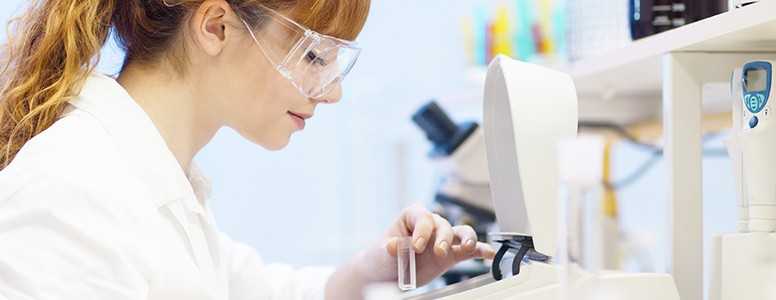Researchers from the University of Florida are working towards a hydrogel microparticle-based vaccine for type 1 diabetes.
The project, which has been discussed in two published scientific papers, prevented type 1 diabetes in 40 per cent of the mice that were treated with the vaccine. The first of the two papers was published in the Journal of Clinical Immunology; the second was published in Scientific Reports.
The researchers argue that one way of developing a vaccine may be to teach the immune system to stop attacking insulin-producing beta cells in the pancreas. To do this, they delivered inactive insulin into the body – its inactivity prevented it from affecting blood sugar – which in theory works the same as any other vaccine, except that the immune system is being taught not to attack something.
The challenge is to deliver the vaccine insulin so that it draws the attention of the immune system. The researchers came up with two different vaccine delivery systems.
“In our case, the immune system has already made the response, and we want to re-educate the system,” said Clive Wasserfall, an assistant in the Department of Pathology, Immunology and Laboratory Medicine, and co-author of the papers.
“It may seem paradoxical: Instead of inducing a response, with our vaccine, we’re trying to stop the immune response.”
The first delivery system involved differently-sized microscopic particles. They were delivered at the same time because the immune system deals with them in different ways because of their size.
Benjamin Keselowsky, Associate Professor in the J. Crayton Pruitt Family Department of Biomedical Engineering, said: “The idea here is that we’re controlling the release and targeting key immune cells of the body.”
The smaller microscopic particles is easily taken up by phagocytes, which are cells responsible for bringing unwanted foreign bodies to the immune system, where they can be destroyed. The larger microscopic particle cannot be consumed in the same way. The researchers injected it using a needle. When the larger particles attract immune cells, they are able to conditions the immune system to tolerate insulin.
The second process delivers the dormant insulin using a hydrogel. It causes temporary inflammation.
The first process was carried out on groups of 10 mice. At the end of the procedure, which lasted 32 weeks, 40 per cent of the mice were immune to type 1 diabetes.
When the second approach was used, 40 per cent of the mice receiving the vaccine were immune to type 1 diabetes.
“The two approaches are different when conceptualising the immune response, but are complementary,” said Keselowsky. “Interestingly, their end effect can be the same.”
The next step is to work out how effective each vaccine is when it comes to teaching the immune system to tolerate insulin. If they are successful, the next step is to test the safety of each vaccine. If the vaccines prove safe, the procedures can be prepared for clinical trials.
“What we ultimately want to get to by having these multiple approaches is to find the safest vaccine as well as the vaccine that requires the lowest number of injections,” said Wasserfall. “We’re trying to reach this goal by approaching this through different fronts.”
What's new on the forum? ⭐️
Get our free newsletters
Stay up to date with the latest news, research and breakthroughs.





